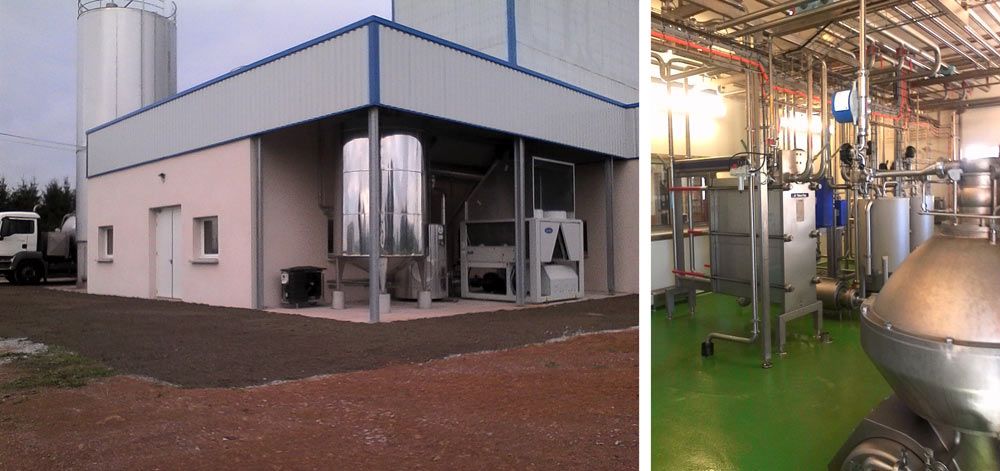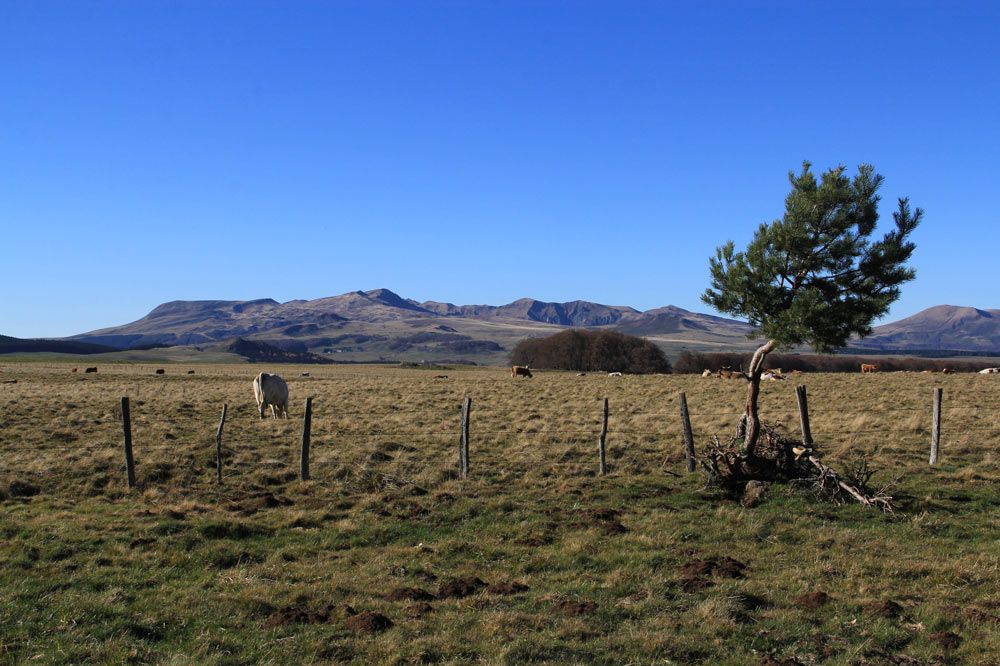[Under the microscope] Recovery of whey in the St. Nectaire region
![[Under the microscope] Recovery of whey in the St. Nectaire region](https://www.eclaira.org/data/sources/users/3/lact3.webp)
... an original experiment conducted directly with farmers
For many years, farm whey was collected by dairy processors. As time went by, there were only two of them left: Dischamp and Wälchli (Lactalis), with difficulties related to an increasing quantity to be managed, and based on the level of quality required and the risks involved in bringing raw whey into factories.
This is why, in 2014, the St. Nectaire interprofessional syndicate (Interprofession du Saint-Nectaire - ISN) planned to organize collection and recovery of farm whey, adapted to local imperatives and to the issues directly related to the resource.
After a techno-economic feasibility study in 2014, four actions were taken:
- Lactoservice SAS, grouping together ISN and farmers using the service was created.
- A partnership was formed with Bonilait, which has a pre-concentration site in the protected origin (AOP) area, and a drying tower in Saint-Flour, Auvergne. Lactoservice invested in a farm whey pretreatment station upstream of the Bonilait site performing reception, filtering, skimming, pasteurization of skimmed whey, pasteurization and storage of cream.
- Contracts were drawn up with farmers and with both existing collectors.

A partnership based on pooling resources and a strong sense of commitment between farmers, Lactoservice, two collectors and Bonilait.
On August 1, 2016, the first collection was treated in Tauves, providing a collection and recovery service for whey that is safe from the health standpoint and unambiguous in terms of products and costs.
Upstream of this, Lactoservice manages collection of the whey on behalf of the farmers. This collection is carried out by Dischamp and Lactalis which each cover each part of the AOP area.
A five-year contract was signed between Lactoservice and volunteer farmers according to a demanding set of specifications. 72 farmers undertook to respect storage and preservation of whey in secure conditions before collection.
Recovery of whey varies with the price of whey powder on the market and also covers the sale of cream.
Whey: from waste to a valuable raw material
Whey, a product deriving from cheese processing, has long been considered as waste. It is often discharged directly into the environment by spreading over the ground, and can greatly impact the environment because of its high pollution load. The only use to which this by-product was formerly put was in liquid form for pig feed. Faced with this environmental issue, many recovery solutions have been sought.
Over time, whey has become a resource for the agriculture and agri-food industry. Renowned for its food value, its use for animal feed has been extended to cattle rearing. It is also processed into whey powder for animal feed. Whey powder is of very high quality and is used in the manufacture of food products such as infant powder, chocolate, ready-made meals, food supplements for athletes, etc. Today, whey is a valuable raw material because of its components (proteins, lactose and minerals) and thereby provides an opportunity for making new products.
It is also used as an energy resource, enabling the production of biogas via collective or individual biogas plants set up by cheese producers or local authorities.
Lactoservice draws up each producer’s accounts: if the recovered product from the whey is lower than the cost of collection, the producer pays compensation. In the opposite case, Lactoservice pays the producer the difference between recovery and collection costs.
Regarding transformation, Lactoservice provided technical and financial support for the pretreatment plant amounting to €600,000 excluding VAT. The investment has benefited from public support of around €200,000 (Puy de Dome, the Region and EAFRD).
Bonilait invested in buildings. It guarantees the processing of whey from farmers, including preprocessing and skimming, thereby making use of the skills of its staff for these two phases of transformation.

Marie-Paule Chazal, director of ISN
What lessons have you learned from this still-recent project?
“This experience is a unique one because it directly targets a farmer sector, consisting of more than 200 producers, of whom over seventy are users. In France, whey recovery initiatives are run in connection with cooperatives but not directly with farmers. It is one solution among others, complementary to other forms of recovery: biogas, use by animals, etc. Lactoservice does not have the vocation of treating all farm whey!
We were the first to be surprised at the success of this project. The farmers very quickly subscribed to the idea: they understood the benefits of it. We obtained more than 70 contract signatures in a short time, despite low whey powder prices at the time of signing (€490/tonne).
Today this is a more favourable period, as whey powder prices are at 800 €/tonne. The five-year contract allows farmers to make a long-term commitment regardless of price fluctuations! We can accommodate twenty additional producers without any problem.
Nearly 7 million litres of whey have been collected since August 1, 2016, nearly 14 million in one year, which is very encouraging as we have targeted 12 to 15 million litres yearly. Today we believe that we can gain momentum and reach 20 million litres a year.
In addition, we are collecting very good quality whey. We can thank the producers who really played the game by respecting the specifications very well.
The biggest problem we encountered was a financial one to do with cash flow, because of the time difference between paying for investments and the payment of certain grants. But Lactoservice is pleased to have had support and thanks the funders!”
-----
Source: ECLAIRA - Newsletter Number 6 / March 2017
Newsletter edited by CIRIDD with support from Région Auvergne - Rhône-Alpes
See all the ECLAIRA newsletters
Photo credits: Fotolia / VJay / DR